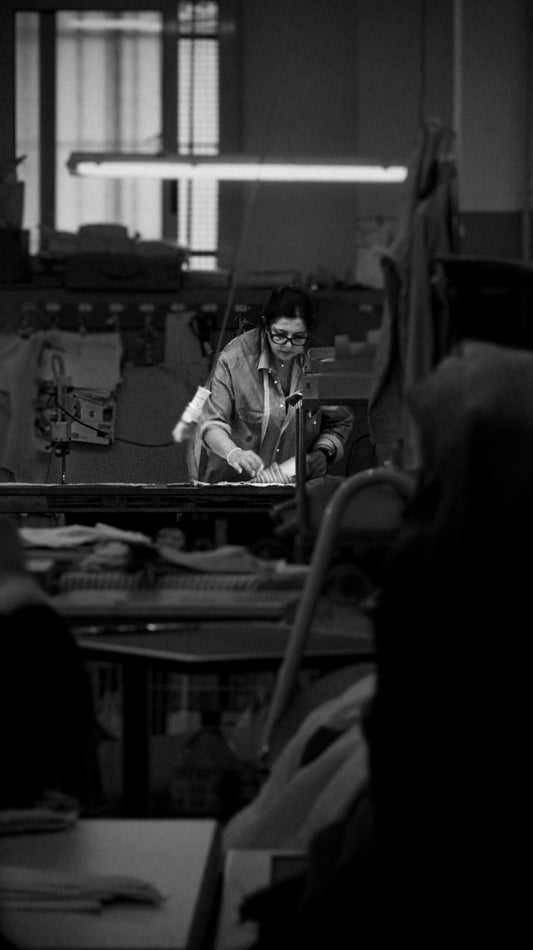
Japanese Denim: History, Characteristics, and Global Prestige
The Origins of Japanese Denim
Today, Japanese denim is synonymous with artisanal perfection and an obsessive pursuit of quality, but its roots trace back to a period of profound cultural transformation. After World War II, Japanese weavers encountered American jeans and became fascinated by the fabric’s strength and functionality. From that moment, a journey of study, refinement, and innovation began, leading Japan to become a global reference point for the finest denim craftsmanship.
The Art of Traditional Weaving
What makes Japanese denim unique is its production method: even today, many fabrics are woven on old shuttle looms that operate with slow precision. This process takes more time but produces a denser, more compact, and naturally irregular weave, giving the fabric an authentic charm. The natural imperfections are not flaws; they are living proof of a handcrafted process that respects tradition and human touch.
Natural Indigo and Timeless Charm
A key element in creating Japanese denim is the use of natural indigo dye. Unlike industrial dyes, traditional indigo provides deep and evolving shades that change with the life of the wearer. Every fold, every mark, every fading tells a personal story, making each garment unique and unrepeatable.
Why It’s Considered the Best in the World
The global fame of Japanese denim is built on several factors: the selection of the finest cotton yarns, artisanal dyeing techniques, slow weaving, and meticulous attention to detail. In an era dominated by mass production, Japan has preserved a philosophy of authenticity, where every meter of fabric is the result of mastery, patience, and passion. Japanese denim is not just a material—it is a sensorial experience that connects the wearer to a centuries-old tradition of craftsmanship.
Vanacore Napoli’s Denim
Vanacore Napoli celebrates this extraordinary tradition by selecting the finest Japanese denim to craft shirts of rare elegance. Each piece is handmade in Naples, blending the purity of Japanese fabric with the sophistication of Italian tailoring. The result is a collection designed for men who seek authenticity, style, and uncompromising quality. Discover our selection of Japanese denim shirts and experience the excellence of two great artisanal traditions.
Discover Vanacore Napoli’s exclusive handmade denim shirts: https://vanacorenapoli.com/collections/denim-shirts







